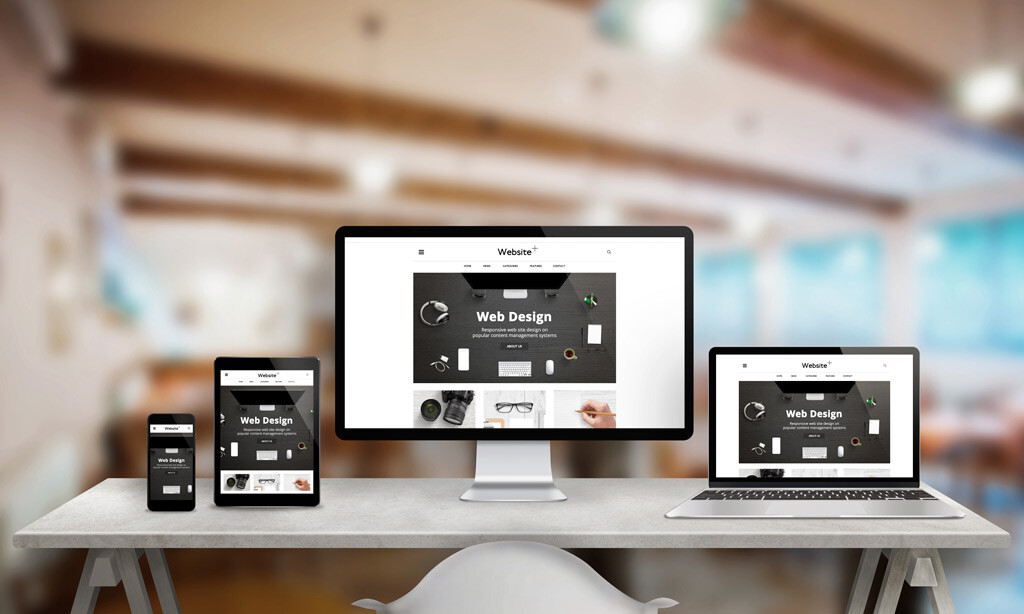
All the software you’ll need.
The unrelenting Coronavirus news coupled with the stress of running out of toilet paper has sent the stock market and businesses into a flat spin. We’re making it up as we go along. We couldn’t have predicted it, but now businesses are faced with closing the doors or working remotely.
Most corporate, marketing and digital roles can be performed from anywhere with the right connectivity. If you are in the travel or hospitality industries, sorry, I got nothin’.
Here’s how you can work remotely and not miss a beat.
Building Your Tech Stack
Setting up all your business software isn’t something you do in an afternoon. It needs to be carefully considered and integrated. Your software needs to fit your business. However, the days of information silos are over. Most cloud software will connect with other cloud software via API’s within an hour or two.
If you decide to go home and work in your undies, the first thing you’ll need is access to the information you normally have at work. The answer is Cloud software.
- Most people have access to work email at home, but if not, you may be able to check your email from your webserver or exchange server. Most servers have a webmail app like Horde or SquirrelMail. Some businesses use Google Business services to route mail. In this case you can log directly into Gmail. And others have exchange servers. Your IT provider may be able to give you a login to your exchange mailbox.
- If you don’t have a Customer Relationship Manager (CRM), now’s the time. CRMs can be relatively simple like Insightly or they can be complex like SalesForce or Infusionsoft (now called Keap because it was commonly known as Confusionsoft).
Choose something that fits your business size and complexity and start using it with a selection of client data. You won’t know if it’s the right choice until you start using it in real life. What it says on the box is only part of the story. You need to try it out with actual data and real-life scenarios.
- Project Management software isn’t necessary for every business, but if you use your email as a to-do list, you need this too. Email is a terrible way to manage your day. Project Management doesn’t need to be complicated either. There are simple tools like Trello, Zoho, LiquidPlanner or GanntPro. Or you can step up to something like Jira, but it will take a while to massage it into something that perfectly fits your business.
- Internal Communication with your team is critical. Again, email is not the answer (@Doug). We use Slack and find the channels effective at managing topics and conversations, but there are a lot of these available too like Skype. Trello can be used for this too. Don’t use What’sApp. It’s owned by Facebook.
- You can usually send files through chat platforms, but if you have large files, it’s best to use WeTransfer.com. There is no sign-up and it’s free. You can also use Dropbox or Google Drive to store and share files with a team. It saves the hassle of needing access to office servers.
- Invoicing is a no-brainer. If you are not using Xero for accounting, ask your accountant to switch you over. If they don’t use Xero, find another accountant. It sounds harsh, but if you want connected systems and software that doesn’t look like it was designed by an accountant, Xero is the answer.
Because it’s online, your bookkeeper and accountant will be able to access it any time to process payroll and reconcile anything Xero hasn’t already done. It will connect to your bank and if you want to go completely paperless, use the Hubdoc add-on to scan invoices and receipts in.
POS systems like Vend and HikeUp connect to Xero, as does the Stripe payment gateway for selling online.
- We use Quotient for all our quotes. It also connects to Xero. Once a quote is approved it will generate an invoice in Xero. See? No-brainer.
- Phone systems are a little tricker to change, however, most phones are digital now (SIP), which means you can literally plug them into your home network, and you are good to go. You’ll be able to answer and transfer calls as if you were in the office.
These systems often come with a soft-phone option that you can install on your computer or smartphone and connect via Wi-Fi or cellular data. This enables you to move your office to say, the pool.
The soft-phone app we use is called Grandstream Wave. It’s available for iPhone and Android phones and works with our Yealink digital phones. It provides the same functionality as our desk phones.
Working from home has never been easier. You can enjoy your quarantine in comfort while maintaining maximum efficiency. Cloud software means you no longer need to install and maintain software. Monthly subscriptions mean you can access your data anywhere and APIs allow you to integrate your software to minimise double handling.
It will be interesting to see how many small business owners realise they no longer need to rent office space, perhaps just the ones with kids.




